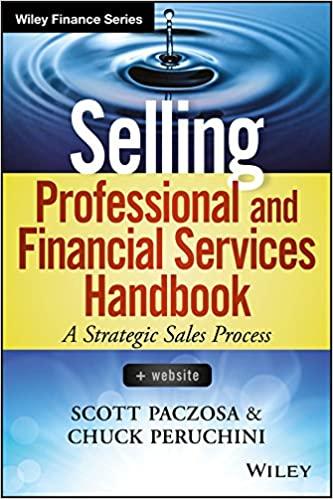Answered step by step
Verified Expert Solution
Question
1 Approved Answer
Contrast investors' use of capital markets with their use of money markets. 2. What are the primary capital market securities, and who are the primary
Contrast investors' use of capital markets with their use of money markets.
2. What are the primary capital market securities, and who are the primary purchasers of these securities?
3. Distinguish between the primary market and the secondary market for securities.
4. A bond provides information about its par value, coupon interest rate, and maturity date. Define each of these.
5. The U.S. Treasury issues bills, notes, and bonds. How do these three securities differ?
6. As interest rates in the market change over time, the market price of bonds rises and falls. The change in the value of bonds due to changes in interest rates is a risk incurred by bond investors. What is this risk called?
7. Describe the two ways whereby capital market securities pass from the issuer to the public.
8. A bond makes an annual $80 interest payment (8% coupon). The bond has five years before it matures, at which time it will pay $1,000. Assuming a discount rate of 10%, what should be the price of the bond? (Review Chapters 3 and 9.)
9. A zero-coupon bond has a par value of $1,000 and matures in 20 years. Investors require a 10% annual return on these bonds. For what price should the bond sell? (Note: Zero-coupon bonds do not pay any interest. (Review Chapter 3.)
Step by Step Solution
There are 3 Steps involved in it
Step: 1

Get Instant Access to Expert-Tailored Solutions
See step-by-step solutions with expert insights and AI powered tools for academic success
Step: 2

Step: 3

Ace Your Homework with AI
Get the answers you need in no time with our AI-driven, step-by-step assistance
Get Started


